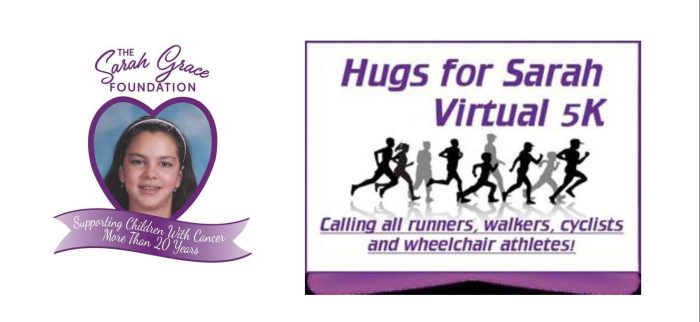Reacting swiftly to the second terrorist attack upon London’s mass transit system in two weeks, local police have commenced around-the-clock surveillance and random bag checks at 100 train stations in Queens and along 123 borough bus routes.
officers, aided by high-tech equipment and bomb-sniffing dogs, are randomly checking riders using local public transit facilities at subway turnstiles, commuter stations, AirTrain stations, ferries, as well as on train platforms. The new enforcement regulations affect nearly 2.5 million Queens subway and bus commuters per day.
“These inspections are being conducted in a constitutional manner and have been met with enthusiastic cooperation by the overwhelming majority of riders we’ve come in contact with,” said Paul J. Browne, Deputy Commissioner of Public Information. “If an explosive device or other dangerous material is uncovered, the bomb squad or other appropriate personnel will be summoned to the scene.”
Members of the police Surface Transit Enforcement Division (STED) are randomly checking commuters at bus stops operated along 123 city and privately-operated bus routes, from Queens’ busiest, the Q58 along Fresh Pond Road, to the borough’s quietest, the Q79 along Little Neck Parkway.
The Metropolitan Transportation Authority’s (MTA) police force will enforce the new search rules on the Long Island Rail Road (LIRR) stations in Queens.
Predicated on protecting public safety, Police Commissioner Ray Kelly said that riders refusing to be searched will not be permitted to ride, but will be able to leave the station. Police have compared current mass transit searches to police highway checkpoints that monitor drunken drivers.
Most people riding the rails agree with the anti-terrorism public safety measures.
“It’s good, even though I haven’t seen anyone checked,” said Stephanie Martinez, who rides the #7 train every day and oftentimes carries a backpack. “As far as safety is concerned, though, I feel the same because of not having seen anyone checked.”
the impact of the new rules to delay riders are the large number of buses from Queens and Long Island required to carry 640,000 commuters to and from their trains. In northeast Queens, an area larger than the borough of Manhattan, 23 bus lines are needed to bring commuters to the area’s only subway station at Main Street. A similar number of bus lines are needed to feed crowded train terminals in Jamaica.
Marie Aprea, a Bayside resident who travels into Manhattan every day, told The Queens Courier, “I think that the bag checks will probably add time to my commute, but I think it’s worth it.”
Councilman John Liu, Chairman of the Council’s Transportation Committee, declared that while police action was necessary, the MTA needed to step up its efforts to protect the subway system against attack.
More than two years ago the MTA allocated $600 million for this purpose, and yet today, two-thirds of that funding remains unused.”
Post, a Police Department spokesman said that “the police presence was welcome last Friday.”
toni@queenscourier.com






























